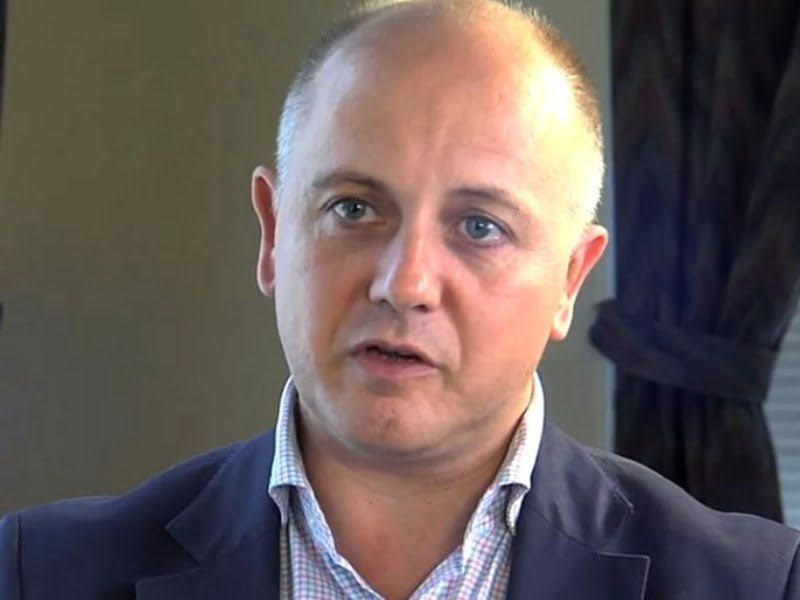Australian Digital Health Agency chief executive Tim Kelsey has unexpectedly resigned from the organisation that has overseen the difficult My Health Record implementation. The resignation is effective from January 17.
A short statement issued by the ADHA board on Monday said it would appoint an interim chief executive shortly.
Mr Kelsey has been the chief executive at the ADHA since August 2016, having joined the organisation after a short stint as director at Telstra Health.

The former McKinsey & Co consultant had previously been the national director for patients and information and the UK’s National Health Service and has been an executive director on transparency and open data in the UK Cabinet Office.
The ADHA board said in its statement that during Mr Kelsey’s tenure “the Agency has done much to be proud of, particularly working with stakeholders and the community to provide more than 22 million Australians with an online summary of their key health information through their My Health Record, and to support the introduction of e-prescribing.”
But the My Health Record roll-out has not been without its controversies, with its opt-out scheme labelled an ‘abuse of trust’ when it was originally unveiled in May 2018. The opt-out period was originally supposed to have last three months from July 2018 but was extended until the end of January 2019 by the Senate amid ongoing privacy concerns.
Ultimately 2.5 million Australians opted out of the scheme, electing not to enable a digital health record.
Last month, the ADHA was given a mauling by the Australian National Audit Office (ANAO), which found that it had paid $3.6 million for a series of privacy assessments that were never completed, and failed to appropriately manage shared cybersecurity risks of the My Health Record system.
The ANAO found that the implementation of the My Health Record was “largely effective” and gave a tick to the Australian Digital Health Agency’s (ADHA) planning and execution, governance arrangements and public communication efforts.
But it also found a number of significant issues with the implementation of the highly contentious system, including a poor managing of the risks associated with third-parties connecting to MHR, a failure to conduct any privacy assessments of the system after it was made to be opt-out, and a lack of cybersecurity risk oversight.
The federal government invested $1.15 billion into the development of what is now My Health Record between 2012 and 2016 and injected a further $374.2 million to transform it from ‘opt-in’ to an ‘opt-out’ model.
Do you know more? Contact James Riley via Email.

